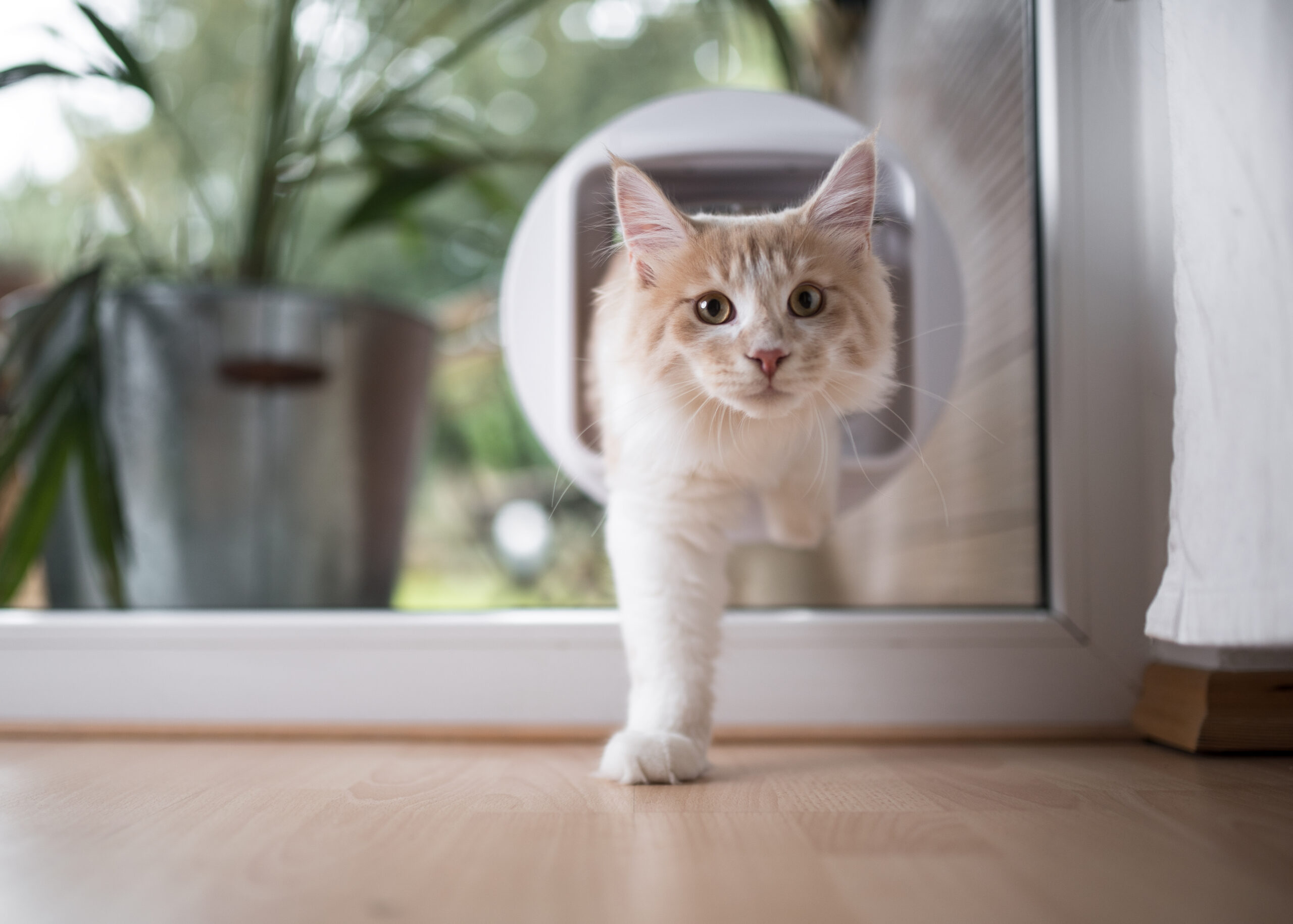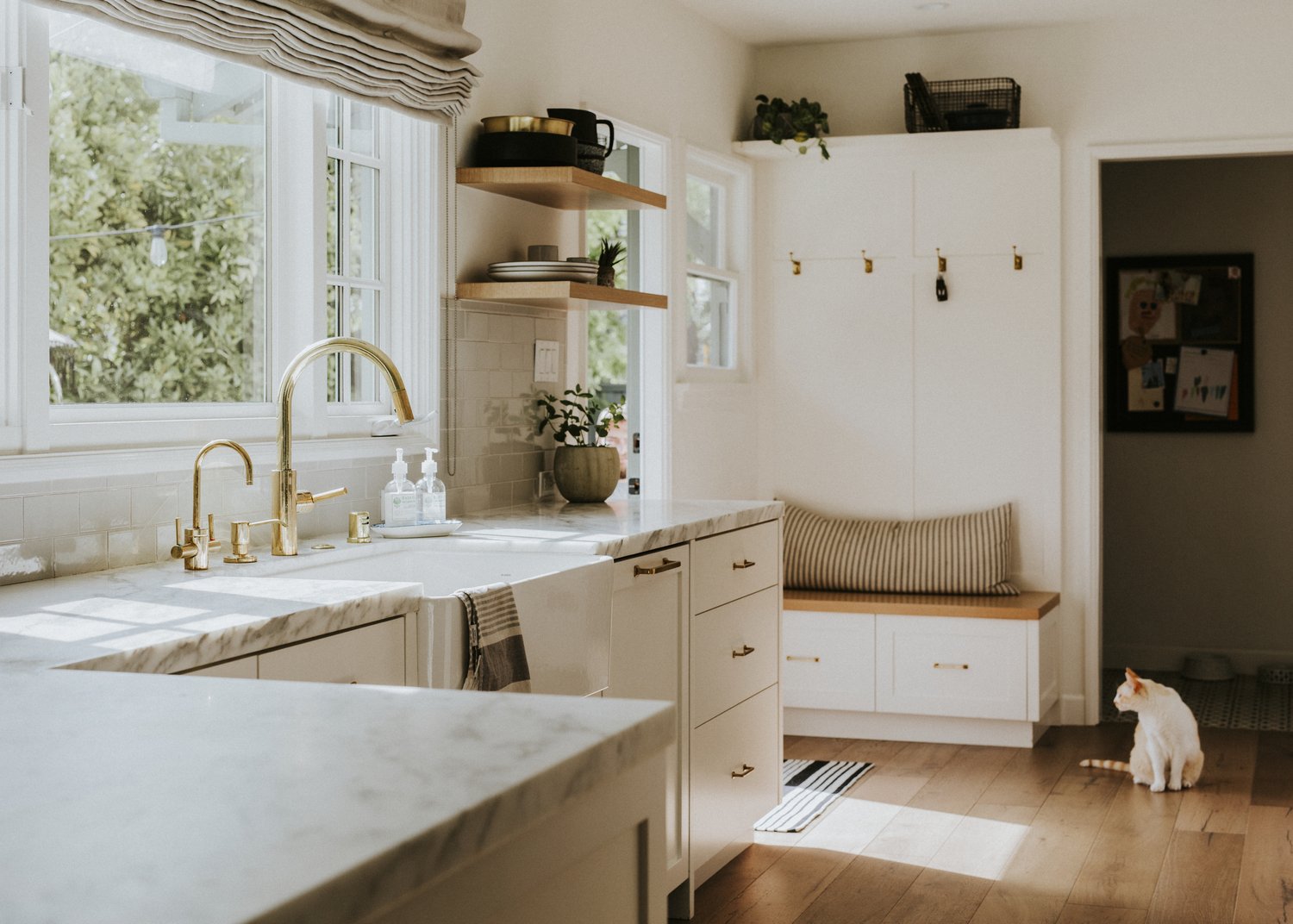Cats love to experience the outdoors, but allowing them to roam freely can expose them to numerous dangers, including traffic, predators, and diseases. A catio, or cat patio, offers the perfect solution by providing an enclosed outdoor space where your feline friends can safely enjoy fresh air and sunshine. This comprehensive guide will walk you through designing and constructing your own catio, from initial planning to adding the finishing touches that will make it a favorite retreat for your cats while complementing your home’s aesthetic.
Understanding the Benefits of a Catio
A well-designed outdoor cat enclosure provides numerous advantages for both cats and their owners. For cats, catios offer mental stimulation through exposure to outdoor sights, sounds, and smells without the risks associated with free roaming. This controlled outdoor access has been shown to reduce behavioral problems like excessive scratching or spraying that often stem from boredom or frustration. Screened patio cats tend to be healthier and happier, with many owners reporting more balanced, contented pets after installing a catio. Additionally, these structures protect local wildlife, particularly birds, that might otherwise fall prey to your feline hunter. As responsible pet owners, providing a safe outdoor experience through a catio represents an ideal compromise between freedom and protection.
Planning Your Catio Project
Before gathering materials to build a catio, careful planning is essential. Start by assessing your available space and determining the ideal location. Typical placements include attaching the structure to a window, door, or wall of your home, creating a freestanding enclosure in your yard, or converting an existing porch or balcony. Consider your local climate when planning – areas with heavy snowfall require stronger roofing, while hot climates necessitate adequate shade. Measure your intended space carefully and sketch a design with dimensions and features. Don’t forget to check local building codes and HOA regulations, as some areas require permits for outdoor structures. Your budget will significantly influence your catio design, with options ranging from simple window boxes to elaborate multi-level playgrounds connected to your home via cat tunnels.
Essential Materials and Tools
Creating a secure outdoor cat enclosure requires appropriate materials for durability and safety. The frame typically consists of pressure-treated lumber or metal pipes that can withstand weather conditions. Wire mesh is the most common choice for the enclosure, including galvanized hardware cloth (preferred for its durability and small openings) or welded wire fencing with openings no larger than 2×2 inches to prevent escapes. Tools generally include a saw, drill with bits, hammer, screwdriver, wire cutters, staple gun, level, measuring tape, and safety equipment like gloves and protective eyewear. Many home improvement stores can pre-cut lumber to your specifications, simplifying the building process considerably. According to experts at AskHomey, investing in quality materials upfront can save significant maintenance costs over the life of your catio.
Step-by-Step Construction Process
Building your catio begins with preparing the site and creating a solid foundation, whether a deck, concrete pavers, or directly on the ground. Next, construct the frame by assembling the lumber or pipes according to your design, ensuring corners are square and the structure is level. Once the frame is complete, attach the wire mesh securely to all sides, including the top if your catio has a roof. If attaching to your home, ensure a weatherproof seal to prevent drafts or leaks. For access, install a human-sized door with secure latches for maintenance and a cat door connecting to your home if applicable. Throughout construction, regularly check for sharp edges or protruding fasteners that could harm your cats, covering or removing these hazards as needed. A well-constructed catio balances security with visibility, allowing your cats to observe their surroundings while remaining safely enclosed.
Enhancing Your Catio with Cat-Friendly Features
Transform your basic screened patio cat enclosure into a feline paradise by incorporating elements that encourage natural behaviors. Cats need vertical space, so include shelves, perches, and climbing structures at various heights. Weather-resistant cat trees, ramps, and hammocks provide both comfort and entertainment. Add scratching posts or panels to maintain claw health and protect your furniture from becoming an impromptu scratching surface. Include comfortable resting areas with outdoor-rated cushions or beds placed strategically to catch sunlight. Many successful catio ideas incorporate natural elements like cat-safe plants (wheatgrass, catnip, or cat thyme) in secured containers, bird feeders outside the enclosure for “cat TV,” and even small water features for sensory enrichment. The goal is to create an environment stimulating your cat’s natural instincts while providing comfort in all seasons.
Maintenance and Seasonal Considerations
Keeping your outdoor cat enclosure in top condition requires regular maintenance. Inspect the structure monthly for any signs of damage, particularly checking wire mesh for rust or breaks and the frame for rotting or warping. Clean the flooring regularly and disinfect as needed, especially after rainy periods when moisture can create unsanitary conditions. Adapt your catio for seasonal changes by adding weather protection like clear plastic panels or outdoor-rated fabrics to block wind and rain during colder months. In summer, ensure adequate shade and ventilation to prevent overheating. Consider adding a small fan for air circulation during heat waves or a heated cat house during winter, particularly if your cats spend extended time in the catio. Proper maintenance allows your catio to provide years of safe outdoor enjoyment for your feline companions.
For more tips and to connect with reliable home service professionals, follow AskHomey on Facebook and Instagram.



